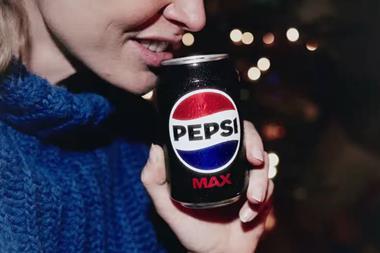Asda has come out all guns blazing in 2009, spending almost 50% more on advertising in the four weeks to 1 February than it did in the same period last year.
The retailer's £5.2m spend was £1.5m more than Tesco's over the same period and included a significant increase in both TV and press advertising. Indeed it spent almost 30% more on TV year-on-year and given that TV advertising was about 20% cheaper this January than last, this translates to significantly greater activity.
It used the airtime to promote its new year rollbacks in a 40-second ad first screened on 10 January. The ad claims energy-saving initiatives have helped it reduce prices in store, a message reinforced in other Asda TV ads quoting figures from online price comparison site mysupermarket.co.uk.
Though its TV advertising spend was up, its biggest increase in spend was in press advertising, which was 60% higher than last January.
Using a variety of ads, mostly placed in popular and mid-market daily newspapers, it introduced a 'filler' theme using slogans such as '100 freezer fillers', 'lunchbox fillers' and '200 bathroom fillers' to persuade shoppers to stock up cupboards and fridges.
Marks & Spencer has also increased its press spend, opting for key regional papers as well as the nationals. It invested its entire £2.1m budget for the four-week
period to 1 February in press alone, having spent almost nothing over the same period in 2008.
On a single day, Thursday 15 January, M&S ran a blanket campaign of half-page ads in a host of titles. The message - 'Dine in, don't miss out' - warned shoppers it was their last chance to get a meal for two with wine for £10. This promotion has served M&S well over the past year.
Both campaigns would have been welcome revenue for the newspaper industry, which has been hit heavily by a fall in advertising from the retail, car and finance sectors.
The seven biggest supermarkets spent more than £17m between them in the four weeks to 1 February. This was up 15% on 2008 as supermarkets - reacting to the threats of the hard discounters and reduced consumer spending - promoted their value offers and bucked the downward trend seen in advertising in other sectors.
The retailer's £5.2m spend was £1.5m more than Tesco's over the same period and included a significant increase in both TV and press advertising. Indeed it spent almost 30% more on TV year-on-year and given that TV advertising was about 20% cheaper this January than last, this translates to significantly greater activity.
It used the airtime to promote its new year rollbacks in a 40-second ad first screened on 10 January. The ad claims energy-saving initiatives have helped it reduce prices in store, a message reinforced in other Asda TV ads quoting figures from online price comparison site mysupermarket.co.uk.
Though its TV advertising spend was up, its biggest increase in spend was in press advertising, which was 60% higher than last January.
Using a variety of ads, mostly placed in popular and mid-market daily newspapers, it introduced a 'filler' theme using slogans such as '100 freezer fillers', 'lunchbox fillers' and '200 bathroom fillers' to persuade shoppers to stock up cupboards and fridges.
Marks & Spencer has also increased its press spend, opting for key regional papers as well as the nationals. It invested its entire £2.1m budget for the four-week
period to 1 February in press alone, having spent almost nothing over the same period in 2008.
On a single day, Thursday 15 January, M&S ran a blanket campaign of half-page ads in a host of titles. The message - 'Dine in, don't miss out' - warned shoppers it was their last chance to get a meal for two with wine for £10. This promotion has served M&S well over the past year.
Both campaigns would have been welcome revenue for the newspaper industry, which has been hit heavily by a fall in advertising from the retail, car and finance sectors.
The seven biggest supermarkets spent more than £17m between them in the four weeks to 1 February. This was up 15% on 2008 as supermarkets - reacting to the threats of the hard discounters and reduced consumer spending - promoted their value offers and bucked the downward trend seen in advertising in other sectors.



















No comments yet